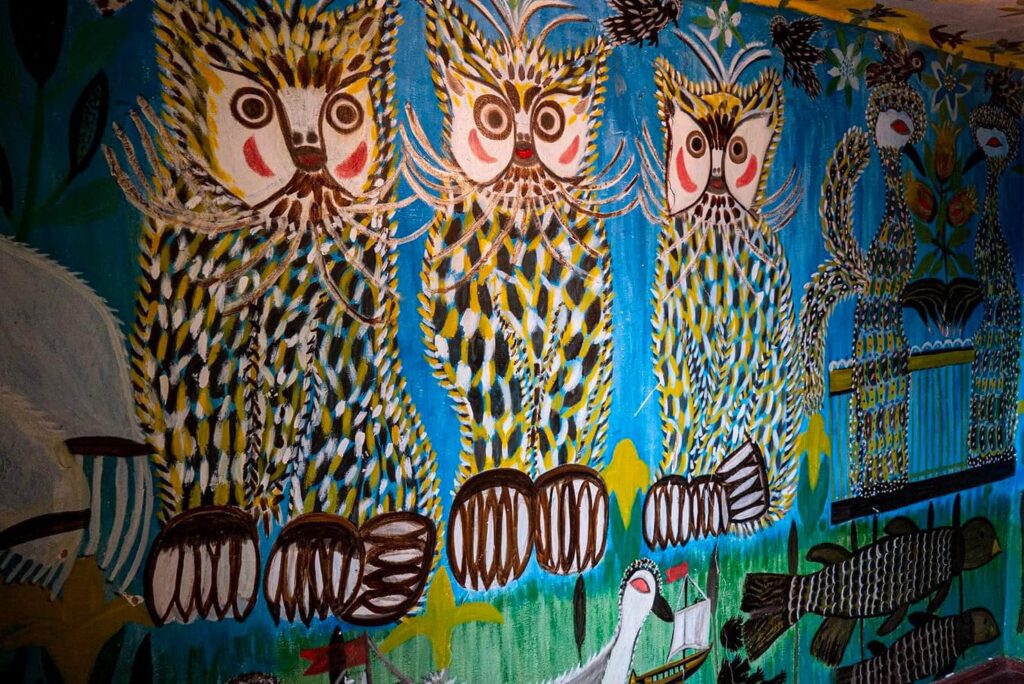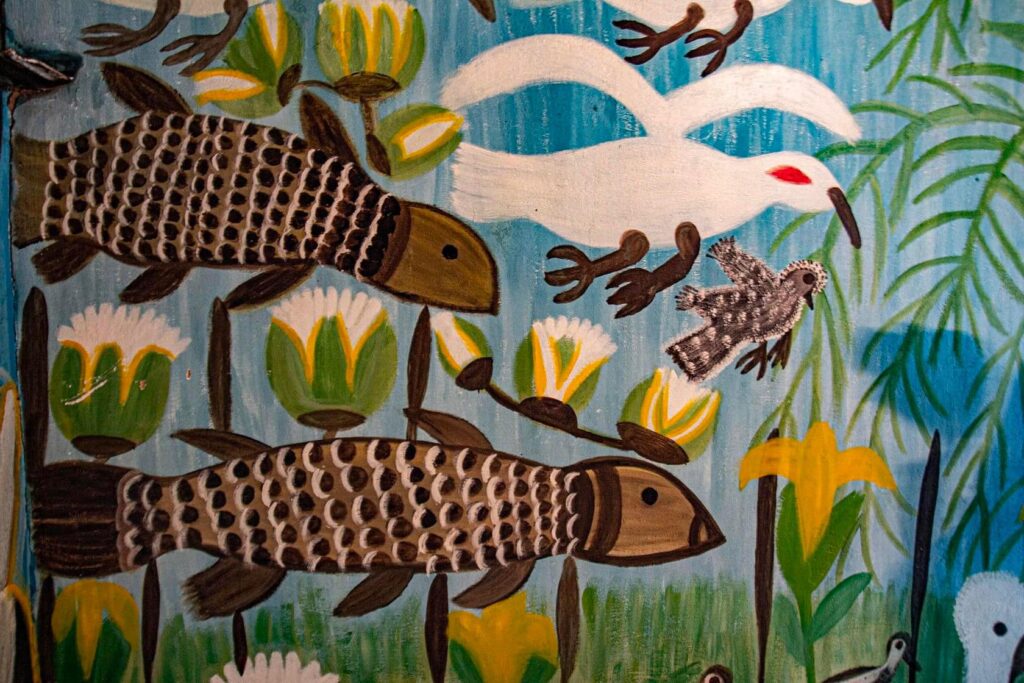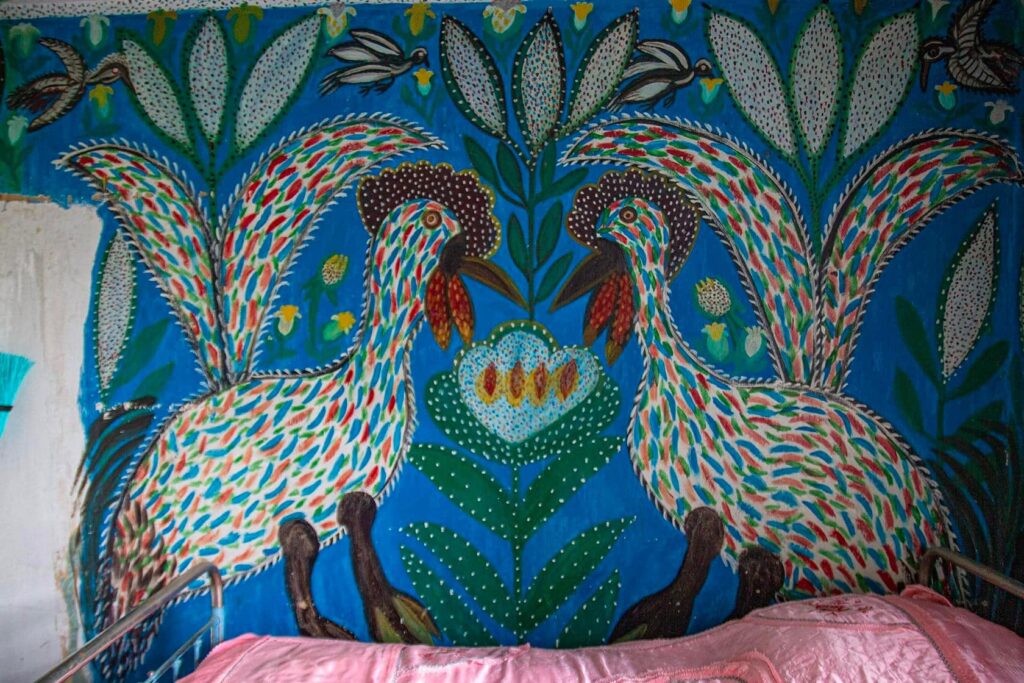
Olesya Drashkaba, Editor in Chief of Uchoose, UCMC
A Translation of Olesya Drashkaba’s, Editor in Chief of Uchoose/UCMC post, a piece we’d like to call ‘The Myth of Greatness: Unveiling Russian Culture’s Brazen Deception.’
Recently, the phrase “the entire Russian culture is not worth a single tear of a Kherson dog” went viral on the internet. I’m not sure who said these words first, but the premise behind them is profound.
Have you ever noticed that the world’s only “great culture” has named itself and continues to do so? All civilizations’ cultures with long histories, such as ancient, Gothic, Renaissance, Enlightenment, Impressionism, Modernism, and other -isms, are simply “Italian culture,” “French culture,” “Spanish culture,” “British culture,” and so on (including Ukrainian culture). But Russian culture, mostly a culture of the late 19th century, is considered “great”! Not to mention that they have no Gothic or Baroque or anything like that. While the rest of the world searched for new forms, they painted deep realism. And if you dig into those Wanderers, you’ll hardly find any Russians among them. I won’t go into detail here; all these imperial myths are thoroughly dissected by Vakhtang Kebuladze, Volodymyr Yermolenko, Andrij Bondar, Ivan Semyesyuk, Taras Lyuty, and other intellectuals who are smarter than I.
I’m just leading this to the point that Russian culture is perfectly visualized in the Russian occupier — poor, dirty, aimless, and audacious. This audacity makes it “great” because it’s a fictitious parallel reality created by the tenacity of its grandeur against the backdrop of a lack of sanitation. The great army steals toilets, the great Pushkin steals Byron, the great Tretyakov Gallery steals paintings from all occupied nations, and the great Gazprom transports them all over the world and displays them in the exhibition “Russian Avant-Garde: From Malevich to Chagall” (oh, try to find a Russian among them).

The great Russian culture is as phony as most of their culture (such as Popov, who invented the radio). It’s a myth built on the bones of authentic cultures, which opportunists destroyed. And it would make sense to talk about it if this culture hadn’t become the epicenter of Russian tolerance. Or, rather, this shamelessly fabricated myth. The European audience, accustomed to perceiving everything from a cultural paradigm (I won’t tire of talking about it because even the smartest Ukrainians find this idea difficult to accept), cannot believe that the carrier of the “greatness” simply raped a child in front of the mother’s eyes, that he blew up a dam and flooded dozens of villages, that he is just a marauder, a killer, and a criminal. The “great and mysterious Russian soul” has been fed to a European audience for decades through the prism of some monster who killed a grandmother with an axe and another one who drowned a dog. And the cunning Russians who want to find a warmer place in Europe and in the world take advantage of this, as well as our own idiots (I won’t name names, you know who they are).
Meanwhile, in Oleshky, they flooded the unique house of the outstanding naive Ukrainian artist Polina Raiko. In Mariupol, they destroyed the mosaics of Alla Horska, and in Ivankiv, the Prymachenko Museum. Dozens of museums have been robbed, looted, or simply destroyed. While we debate whether we can cancel Russian culture because it is someone’s childhood, upbringing by their parents, or education at university – these monsters are destroying our culture in large chunks. Many of us were unable to learn about this culture from our parents because Soviet comrades would send them to Siberia for it. We couldn’t study this culture at the university from an “engaging lecturer” because it was all forbidden, executed, and annexed. The engaging Ukrainian lecturer has long rotted away in a prison camp (replaced by their own). It was destroyed by the same Soviet power, with that “great culture” that brings us excellent ice cream (from the USA), cartoons (how’s Hedgehog in the Fog doing?), Tsoi-lived (a popular expression about the deceased Russian rock musician Viktor Tsoi) and various audacious memes. Because the same people who killed Horska also destroyed her mosaics! Can you imagine that? Three generations of killers of a single Horska!

All world cultures reflect upon themselves, which is often a characteristic of culture itself. Some contemporary decolonial reflections seem too radical to Ukrainians. But these are musings, suspensions, and discussions about roles, goals, and consequences. Semenko, who burned “Kobzar,” was not disrespectful towards Shevchenko; rather, it was a reflection typical of European modernism. And only one culture in the world spits on this, which is always “great” no matter what. And in this, Shenderovich and Simonian, the one who writes terrible poems about Pushkin, have joined forces. Put Putin and Navalny at the same table, and they will instantly agree that canceling Russian culture is a heinous crime against all of civilization, because where else will you find such masterpieces? In Italy or Paris? Oh, forget about it! Because “the little boy brought us vodka” (a reference to a famous phrase from the movie “Brother 2” by the Russian imperialist and chauvinist Balabanov).
When I read comments claiming that Ukrainian culture is “secondary,” I immediately understand that the person has no idea what Ukrainian culture is. And it’s difficult to blame them because the goal of destroying and banning our culture was not to erase our memory, and it still exists. It physically pains me to look at the frescoes of Polina Raiko’s house in Oleshky, so today, I’d like to respectfully ask: dig a little deeper into these names that Russians are currently destroying. You can start with this.
Read about Horska, Raiko, Prymachenko, Plytka-Horytsvit, Alexandra Ekster, Archipenko, Malevich, Kuindzhi, Sonya Delaunay, Petritsky, Hnizdovsky, Ukrainian glass icons, Ukrainian Cossack icons, Ukrainian Baroque, Ukrainian modernism, naive Ukrainian art, Ukrainian futurism, Ukrainian graphics, ceramics, monumentalism, sculpture, and posters. If these monsters are destroying all of this, let’s ensure our memory grows, not diminishes!

If you believe that you don’t understand art and don’t like paintings, it’s alright. Dive into biographies, get to know Picasso and other world artists, explore their exhibitions abroad, discover the educational institutions they attended, delve into their diaries, and learn about their love stories. Fortunately, there is a wealth of new, beautiful, and enjoyable information available now. You will see not only the “great” but a typical European culture with unique artists, ideas, and contextual periods. It is a culture that reflected the global context, was embedded within it, and had authentic forms and interpretations.
And if you’re not a romantic or the creative type (unlikely to be the case here, but anything can happen), simply compile a list of reparations for our stolen artists and paintings that Russia looted centuries ago and continues to do so. We’ll hang them up in Oleshky later!

